What are the Sebaceous Cysts?
The sebaceous cyst is a lump-like formation that usually emerges below the surface of the skin, and it is a type of closed sac filled with the dense secrete called keratin (which is a type of protein).
However, the condition of having a sebaceous cyst is considered more as the syndrome, because the exact cause has not yet been discovered. But, it could be said that certain places on the body are more prone to be affected by this kind of cyst, and those most commonly are the shrunk follicles of hair, they could appear over the scalp, on the lower extremities, and between the legs. The specialists assume that the high level of the hormone called testosterone increases the likelihood of being affected by these cysts.

The Natural Treatment
So, having in mind that the biggest problem of this condition is that the exact cause remains unknown (although they often occur as the result of some injury, such as skin traumas), fortunately, there are a lot of ways to deal with it. The conservative treatment most commonly includes invasive surgical interventions, such as the procedures of excision or drainage, which are recommended mostly in the cases of the infectious process in the cyst and, therefore, the additional inflammation.
Anyway, as far as the non-conservative treatment is concerned, homeopathy could be the best option but the effect of this kind of natural remedy firstly should be examined by taking the lower dosages of them. They are mostly based on the substances such as Hepar sulphur and Calc sulph.
Additionally, the most effective homeopathic remedies, either in the supplementary or in the herbal form, are focused on enhancing the immune system and, therefore, on improving the resistance, quality, and power of the regeneration of the skin.
The most beneficial, concerning this problem, are the remedies based on the vitamins A, B (all the complex), and C, and the mineral zinc. And the herbs that are rich in these nutrients are the milk thistle, the root of burdock, and red clover. Besides these herbs, there are a lot of available supplements for dealing with this skin problem, and the most popular are the ones based on Calc., Silicea, Natrum Carbonicum, Conium Maculatum, Benzoic Acid, and so on.
Apart from the homeopathic treatment also very effective in the removal and healing of the cysts is by minimizing it with dry heat. It should be used carefully, in sessions of one-quarter of an hour, two times per day, and for one week. Of course, getting enough sleep, eating healthy foods, and the other strategies for maintaining good immunity are to be followed.
- Epidermoid cysts form via disruption of the infundibulum of the hair follicle by implantation of the epithelium. A similar pathogenesis occurs in the formation of acne vulgaris, which may occur with multiple epidermoid cysts originating from comedones. Epidermoid cysts may also form secondary to trauma to the skin.
- Uncomplicated epidermoid cysts may remain stable and asymptomatic or may progressively enlarge, with spontaneous inflammation and rupture occurring unpredictably. Occasionally, epidermoid cysts may become infected, which causes them to grow in size, and become inflamed, fluctuant, erythematous, and painful.
- A 55-year-old White female presented to the National University of Natural Medicine (NUNM) Lair Hill Health Center with chief complaint of a tender, inflamed lesion on the posterolateral aspect of the left upper arm. The lesion had not been previously symptomatic, but in the past 7 days, the patient had noted increasing tenderness, erythema, and change in the size of the lesion.
- She reported that she had been taking capsules of ashwagandha (Withania somnifera), vitamin D3, kelp, magnesium, and fish oil by mouth daily, all of which were either self-prescribed or recommended by another provider. Her family health history included cysts of similar appearance in her father.
- Per patient preference, she was provided both topical and oral antimicrobial botanical treatment options to be used daily. The topical botanical tincture contained equal parts of Calendula officinalis, Echinacea spp., Hydrastis canadensis (goldenseal), and Centella asiatica (gotu kola).
- At her next follow-up visit, inflammation of the skin had significantly decreased, the cyst had ruptured, and the patient had removed the cyst’s contents. The wound was then irrigated with saline, which is recommended to remove debris and to decrease further risk of infection, followed by dressing of the wound with topical bacitracin zinc 500 unit/gram ointment which was to be continued daily, along with proper wound care, topical tincture, and oral capsules of echinacea/goldenseal/berberine, to prevent skin infection.


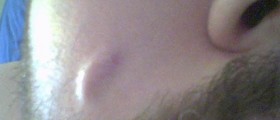

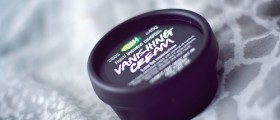
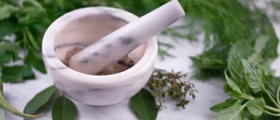
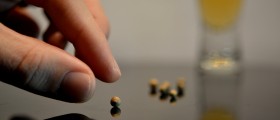


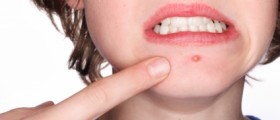
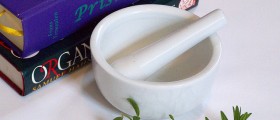


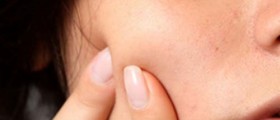

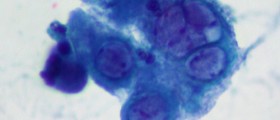

Your thoughts on this
Loading...